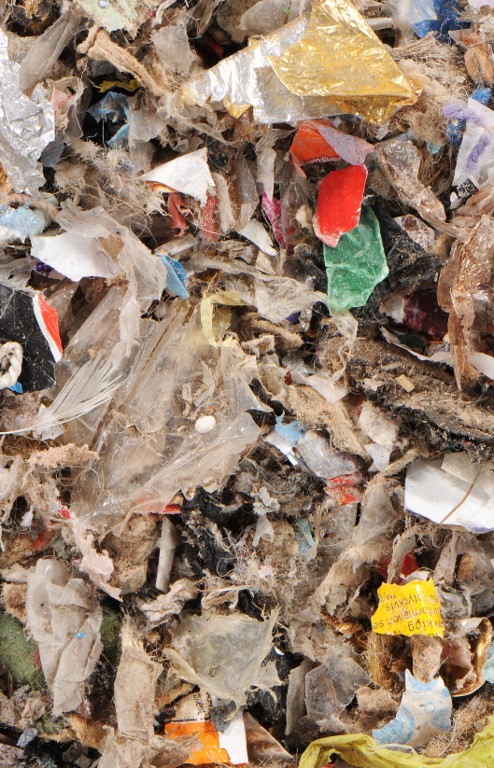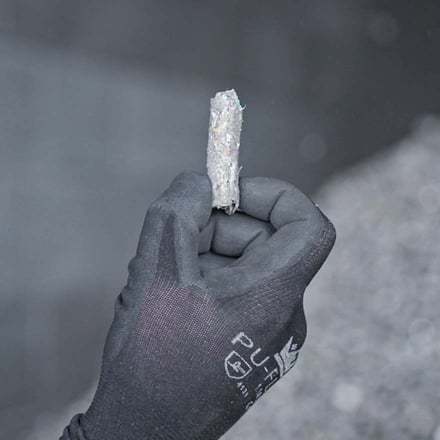With the recent messages in the news regarding the China import ban of plastics, it is to be expected that current RDF streams will have higher calorific values. With no value for the plastics, many recycling companies choose to not pick out more plastics from mixed wastes. This could potentially pose a problem as many solutions for waste are designed to take a specific quality range.
N+P, one of the leading companies in the production and supply of RDF, SRF and Subcoal® is pushing companies to split both fractions to get the optimal waste solutions for each individual quality. It is a well-known issue that high calorific streams tend to have less options available apart from landfill, whereas the lower calorific value streams are perfectly suited for many domestic and abroad located waste incineration plants.
Traditionally, N+P is always working from the back-end of the supply chain, meaning that the company focuses on the quality which is needed at the end users, and either buys or produces the right quality from various types of waste to achieve optimal waste solutions. This both benefits the suppliers as well as the end users in the complete waste value chain.
Lower grade materials, typically within a 8-12 GJ/ton range, are supplied within many of N+P’s long term supply contracts, to users within the UK and within Europe. There are also a number of possibilities for materials which are in-between the standard RDF and SRF qualities, or mid-CV range (12-16 GJ/ton). For higher quality materials, N+P typically has a number of solutions all focused on the replacement of primary fossil fuels such as coal, in various applications all over the world.
Because of the growing need for sustainable alternative fuels N+P is investing in a new Subcoal facility, which is being constructed in Teesside. Once erected, this will be one of the most modern alternative fuel producing facilities in the world. The yearly input capacity will be between 200-250,000 tons, mainly high cv type RDF streams. The output capacity is around 180-220,000 tons of high quality alternative fuels, designated for both the domestic as well as the international market. N+P has now started to source and contract non-recyclable waste streams such as MRF rejects, Industrial Residues and plastic residues for the new Teesside facility..
To substitute solid fossil fuels in industrial processes, N+P is using her patented process called Subcoal® to convert the higher CV ranges to a high quality fuel pellet. These pellets offer significant value to its end users, as typically the pellets hold over 80% of the energy compared to coal, whilst still having a biogenic content of over 50%. The stable and high quality of these fuel pellets has proven itself at a number of different applications, including cement, lime, steel and power plants.
This means the production capacity of the new Subcoal facility equants to the substitution of approx. 160,000 tons of coal, saving up to 1.3 tons of CO2 for every ton of coal replaced, the CO2 saving potential equants to 208,000 tons per year. There are already plans for a second facility for the UK market, with about similar size which could again double all the potentials mentioned earlier.



